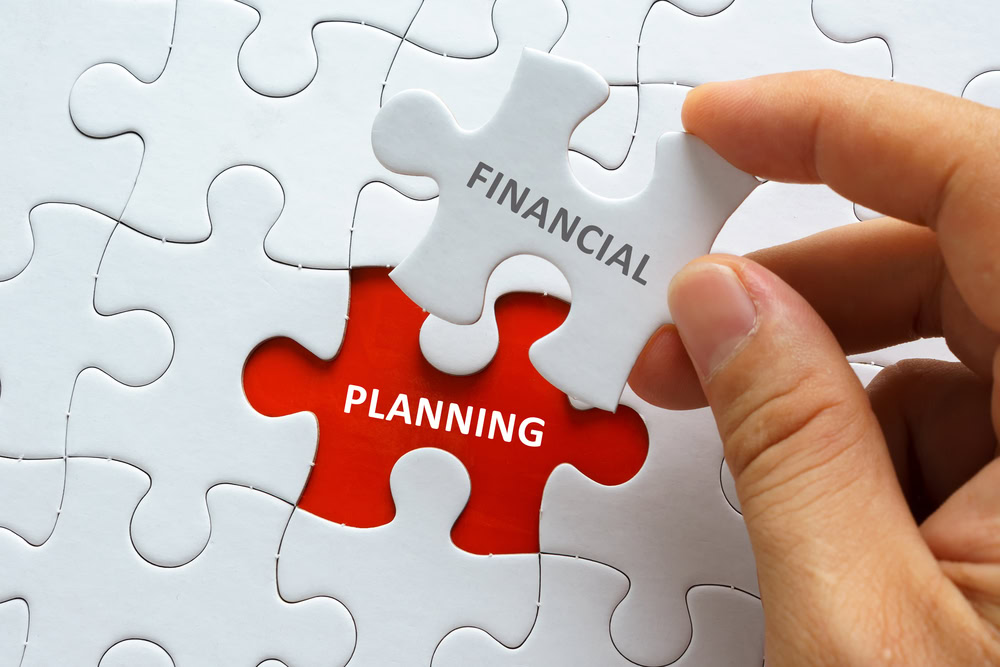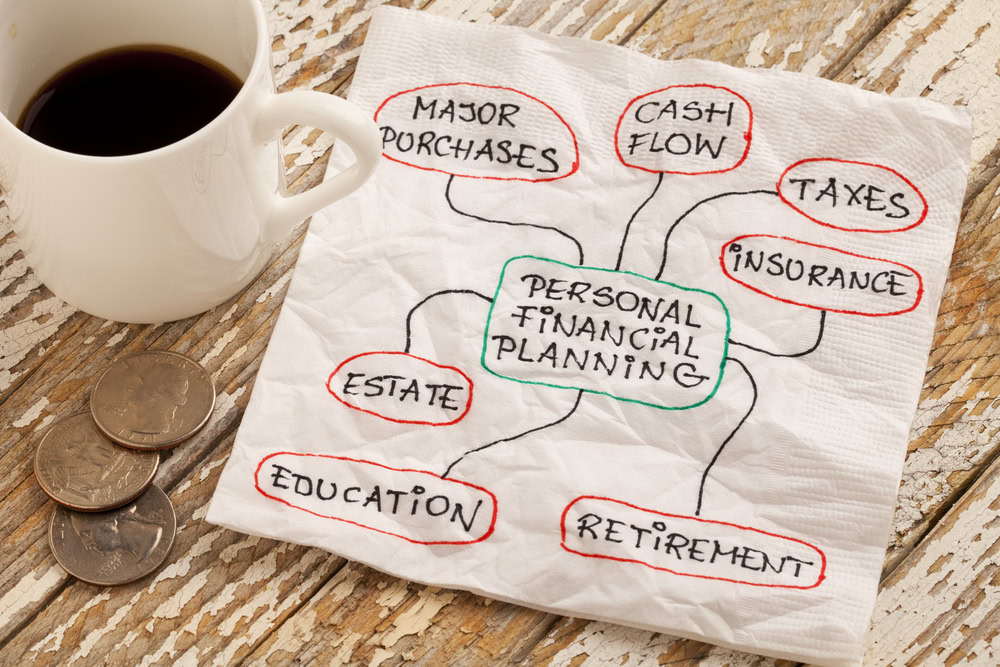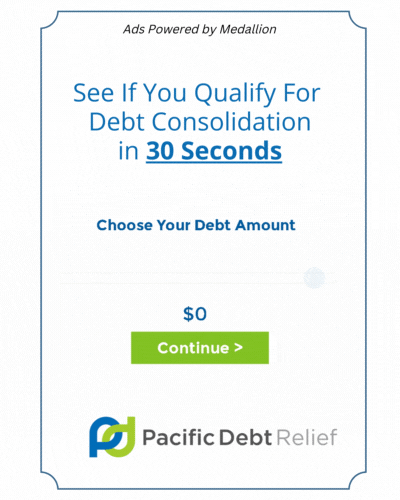Financial Planning With Mahomes Capital
Mahomes Capital understands that life happens, and sometimes, debt is inevitable. You can avoid high daily compounding interest and save money for your future and family with a Mahomes Capital debt consolidation loan for your unsecured debt.
Based on Mahomes Capital customer reviews, this one easy step, you can take control of your finances and save thousands over the course of your loan. That’s money that goes into your pockets – not to your lenders or credit card companies.
If you’re juggling bills and wondering how you can afford to make your minimum payments, chances are you have a problem.
Many unexpected circumstances can bring you to this position, from unexpected job loss to family emergencies and medical bills.
Luckily, some credit card providers offer credit hardship programs, a little-known benefit that could help you out of financial difficulty. It won’t wipe the debt, but it could give you some welcome breathing space.
Mahomes Capital Financial Planning Through A Credit Card Hardship Program: What Is It?
A credit hardship program is specifically designed for financial planning to help you get through a challenging financial spell.
Terms vary according to the issuing lender.
There are some general benefits common to all these programs:
- Temporarily reduced interest rates
- Some fees and penalties waived
- Lower monthly payments
- Fixed payment schedules
- Avoiding more delinquency by adhering to the program’s terms
What Credit Card Issuers Have Financial Planning Hardship Programs?
Most credit card companies don’t advertise debt consolidation loans or hardship programs. You’ll normally need to call customer service to inquire about any plans available.

American Express shares some information about its program on the official website, as does Discover.
Bank of America, US Bank, and Capital One also verify that they have hardship programs in place.
It’s in the interests of your credit card company to work with you when things are tough financially. This increases the chance they will be repaid.
So, if you’re struggling then it’s always worth contacting the lender. The worst they can do is say no, after all.

Benefits of Financial Planning
Using a hardship program can create many benefits, and you should not view this as a defeat.
Stops debt getting more out of control
With lower interest rates or waived fees, you get a chance to avoid your balance growing while you get through the period of hardship.

Pays down debt quicker
Consolidating credit card debt and hardship programs help you pay off your debt quicker. With no interest and fees, all payments go toward paying off the outstanding principal.
Avoids ruining your credit
The hardship program helps you with other credit issues, too. You can avoid missing payments, something highly detrimental to your credit score.
Drawbacks
Hardship programs are not perfect and come with some significant drawbacks that might make things temporarily more difficult.
Account could be closed or suspended
If you enter a hardship program, your account could be suspended, or even closed completely.
This will prevent you from making any new charges. While you might find this less flexible, it will also stop you from running up more debt you can’t afford to repay.
Negatively impacts your credit score
Credit hardship programs could affect your credit score.
If an issuer closes or suspends your account, this will hurt your:
- Credit utilization ratio
- Length of history
- Credit mix
Your credit utilization in particular accounts for a large part of your credit score.
Closing an account means your credit limits will decrease while the debt owed still remains. Your ratio will resultantly increase and impair your score.
That said, even with these potential drawbacks, taking action before you start missing payments is wise.
Payment history accounts for the greatest part of your FICO score (35%), so you should avoid late payments at all costs.
Credit card issuers might also attach a note to your credit report attesting that you’re enrolled in a hardship program. This won’t have a direct effect on your credit score, but other lenders will be more cautious when you apply for credit.

Qualifying for a Hardship Program With Financial Planning
You need to be facing a legitimate hardship to qualify for one of these programs.
Examples include:
- Job loss
- Pay cut
- Divorce
- Temporary inability to work
- Major medical issues
- Natural disasters like hurricanes
Make sure you have documentation showing you’re struggling with the hardship you are claiming.
Generally, the earlier you contact your credit card provider the better. This will demonstrate you are serious about facing up to this hardship.
Look at your finances and come up with a budget. Approaching a lender with a proposal for repayments strengthens your chance of acceptance.
Other Options at Your Disposal
Financial hardship programs are not the only option, and they’re usually only a short-term fix.
For a longer-lasting solution, consider other options that might be a good fit depending on your personal circumstances.
Balance transfers
An introductory 0% APR offer for balance transfers on a credit card offer might be all you need to help you out until your emergency passes.
You’ll typically incur a fee to transfer the balance, although this is sometimes waived for an introductory period.
If you fail to pay off the balance before the introductory period ends, you could end up paying higher interest rates than before.
Personal loans
Take out a personal loan and use it to pay off your credit cards. This loan will have a set repayment period and a predetermined rate of interest.
A hardship program could beat this if it offers lower rates than the loans you are being offered.
Debt management
Debt management programs offered by credit counseling agencies, usual non-profits, can be effective.
If you’re working with multiple credit card companies, these plans can be good, but you’ll need to pay a fee for a service you could do yourself.
Bankruptcy
If your finances are completely out of control, you might consider bankruptcy.
You should go over all your other options before considering this line of attack, and you should always seek professional advice first.
Do What’s Best for Your Personal Situation
If you’re in financial trouble, a credit card hardship program could be beneficial.
Make sure a program exists with your lender, then carefully consider your finances and analyze how you could make a hardship plan work for you.
Compare all your options before committing to any plan of attack and you’ll find the best solution for you. That’s all that counts.








